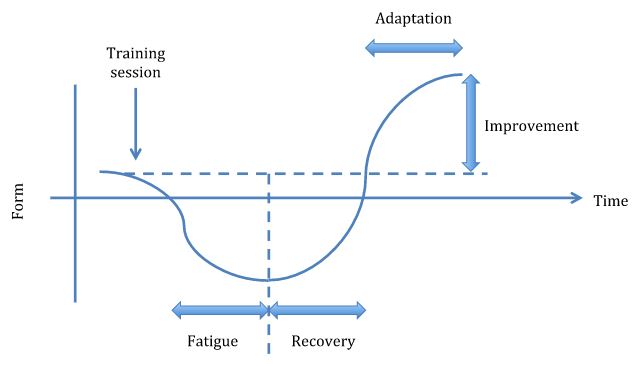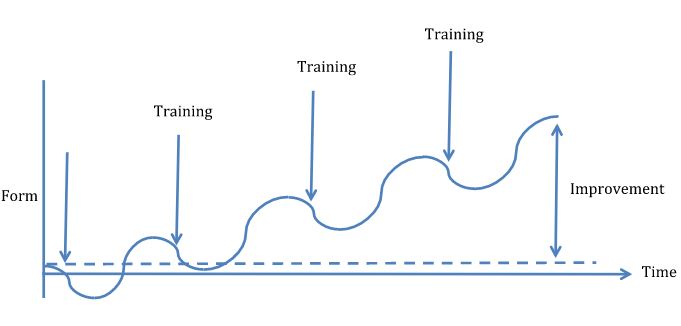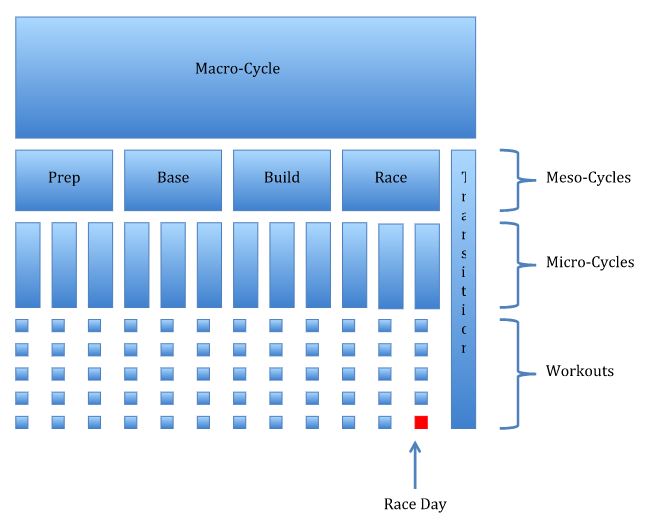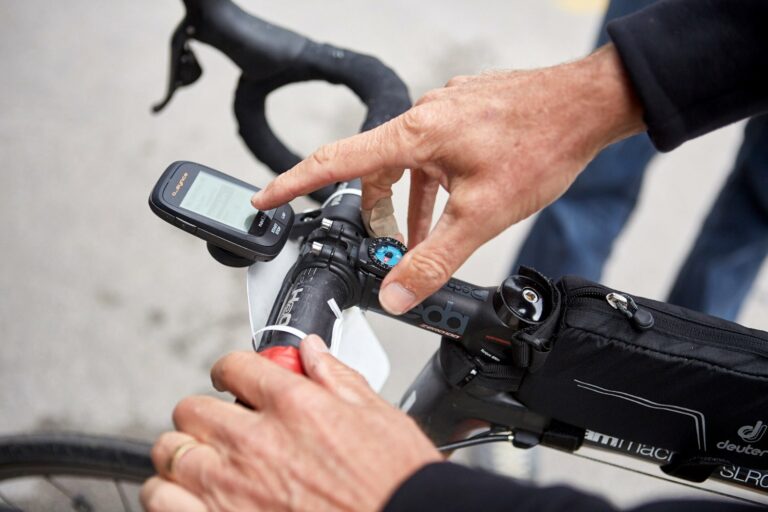If you’re working towards a goal, whether that’s entering your first race or winning your local club ten, riding a century for the first time or completing the Etape du Tour, a training plan will help put you on the fast-track to achieving that goal.
What’s more, if you ride with a power meter, a training plan will enable you to get the most of your time on the bike by giving you specific sessions to work on the weaknesses and build on your strengths.
If you’ve been following our series on how to train with a power meter, by now you will have a better understanding of the benefits of training with power, how to do an FTP test and what your training zones mean. Next up, we’re going to put all that into action by looking at how to create a training plan that works for you.
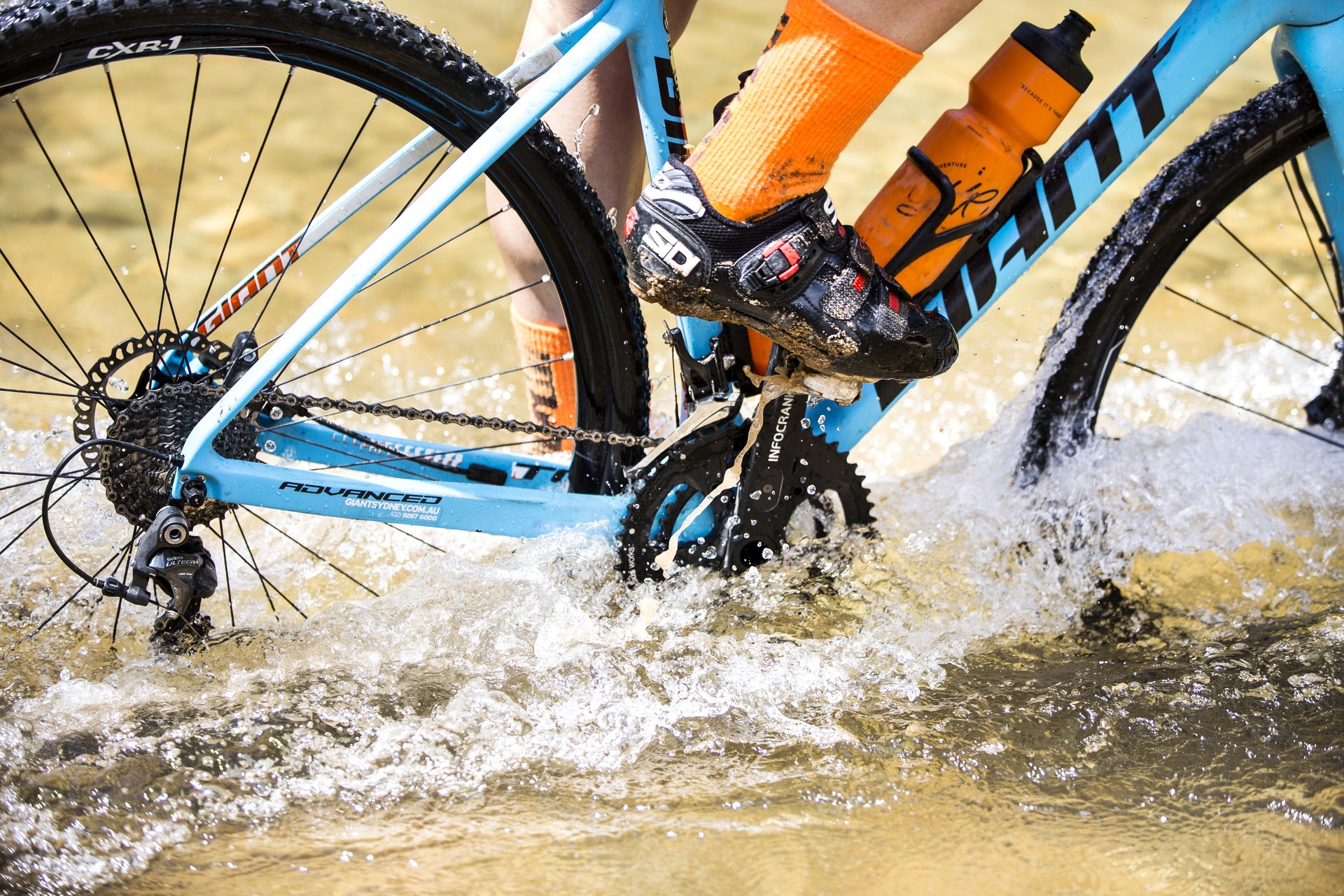
[series]

